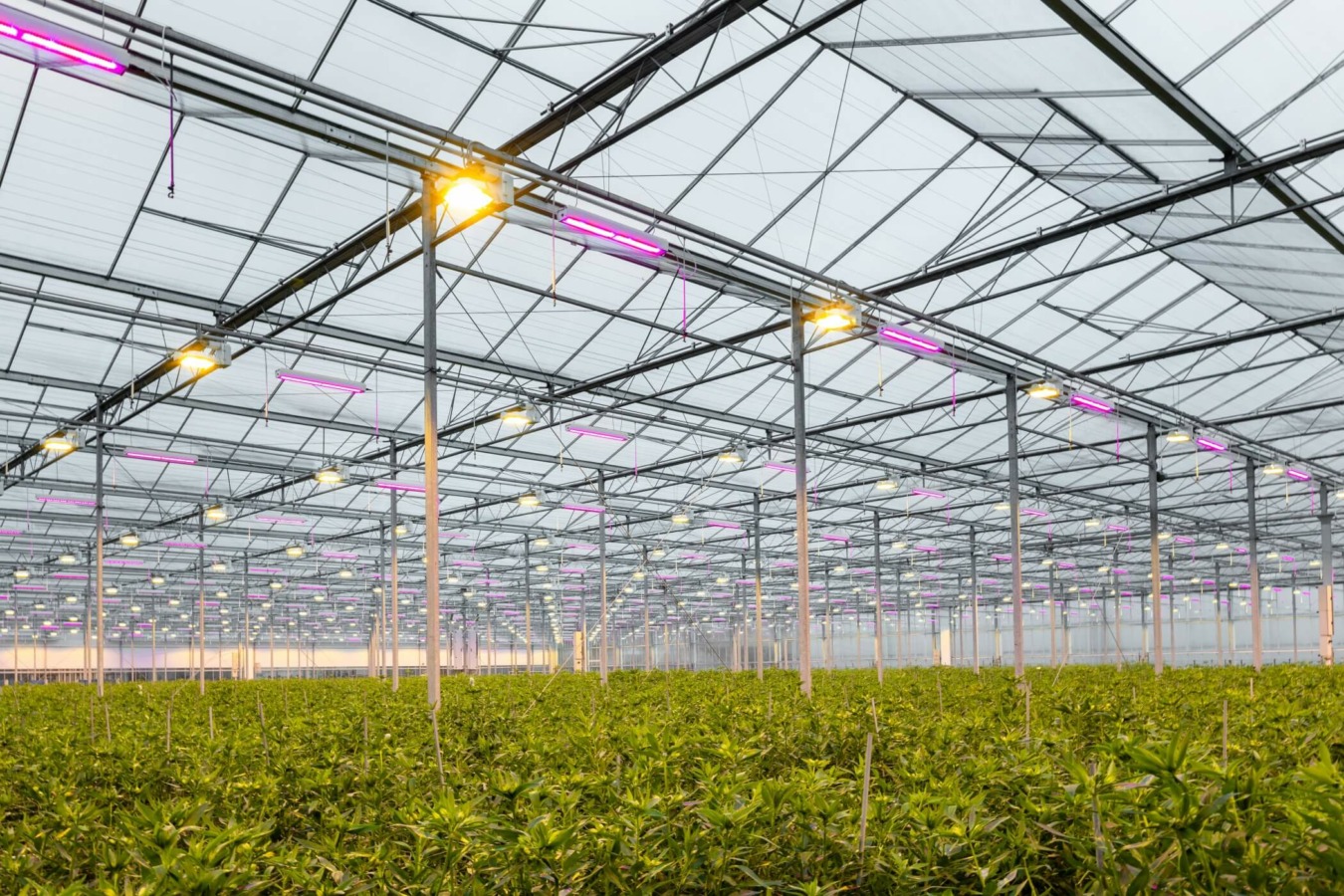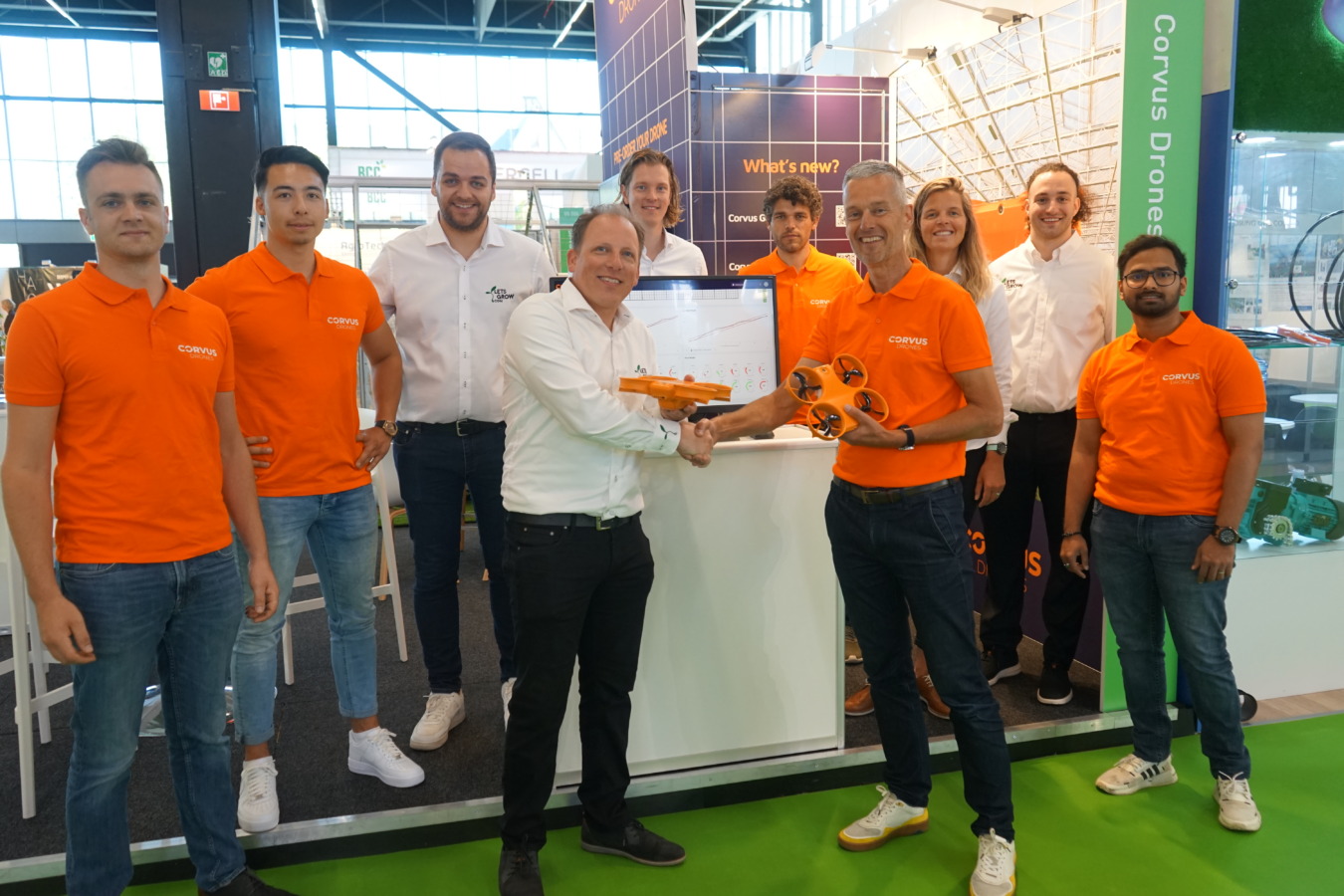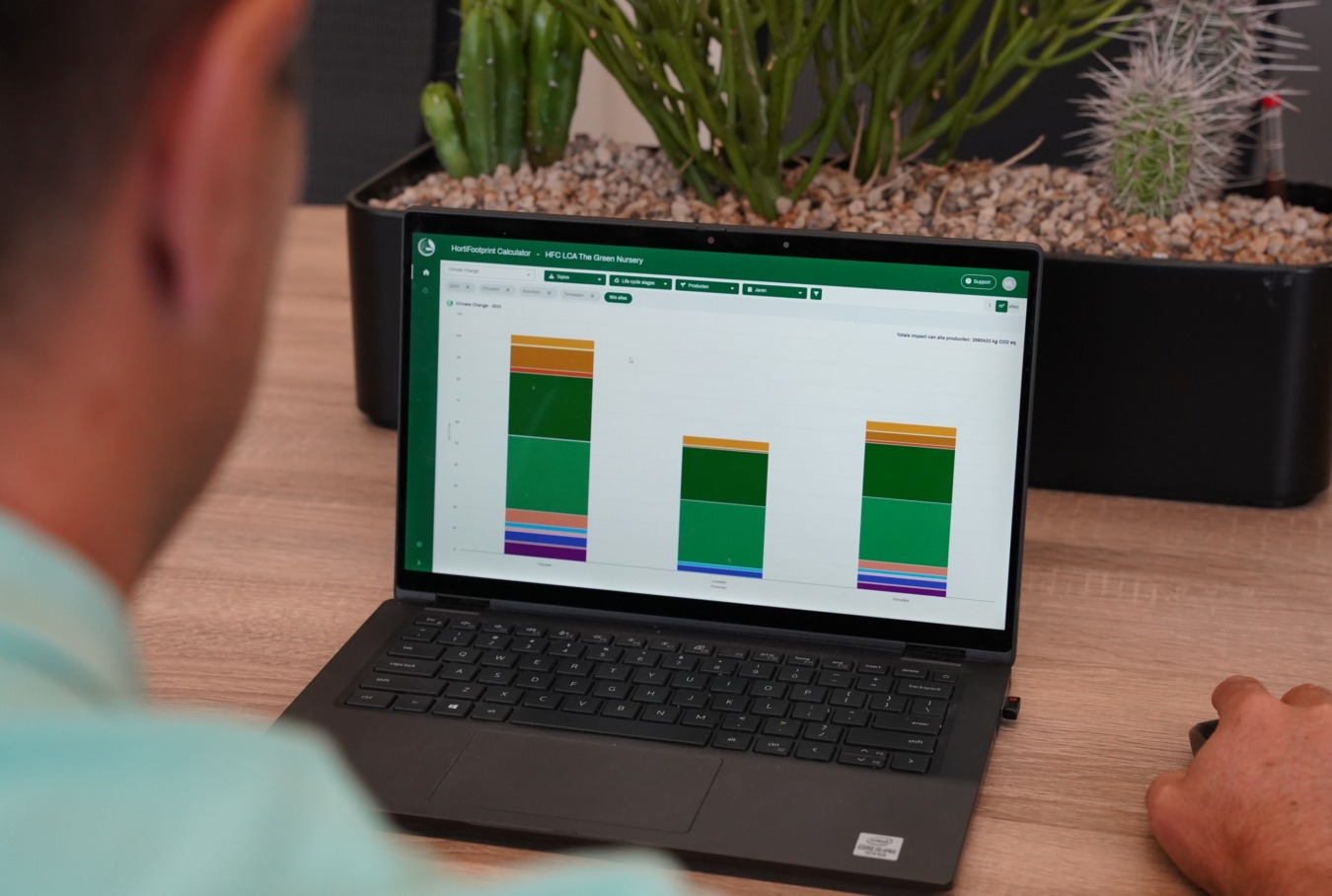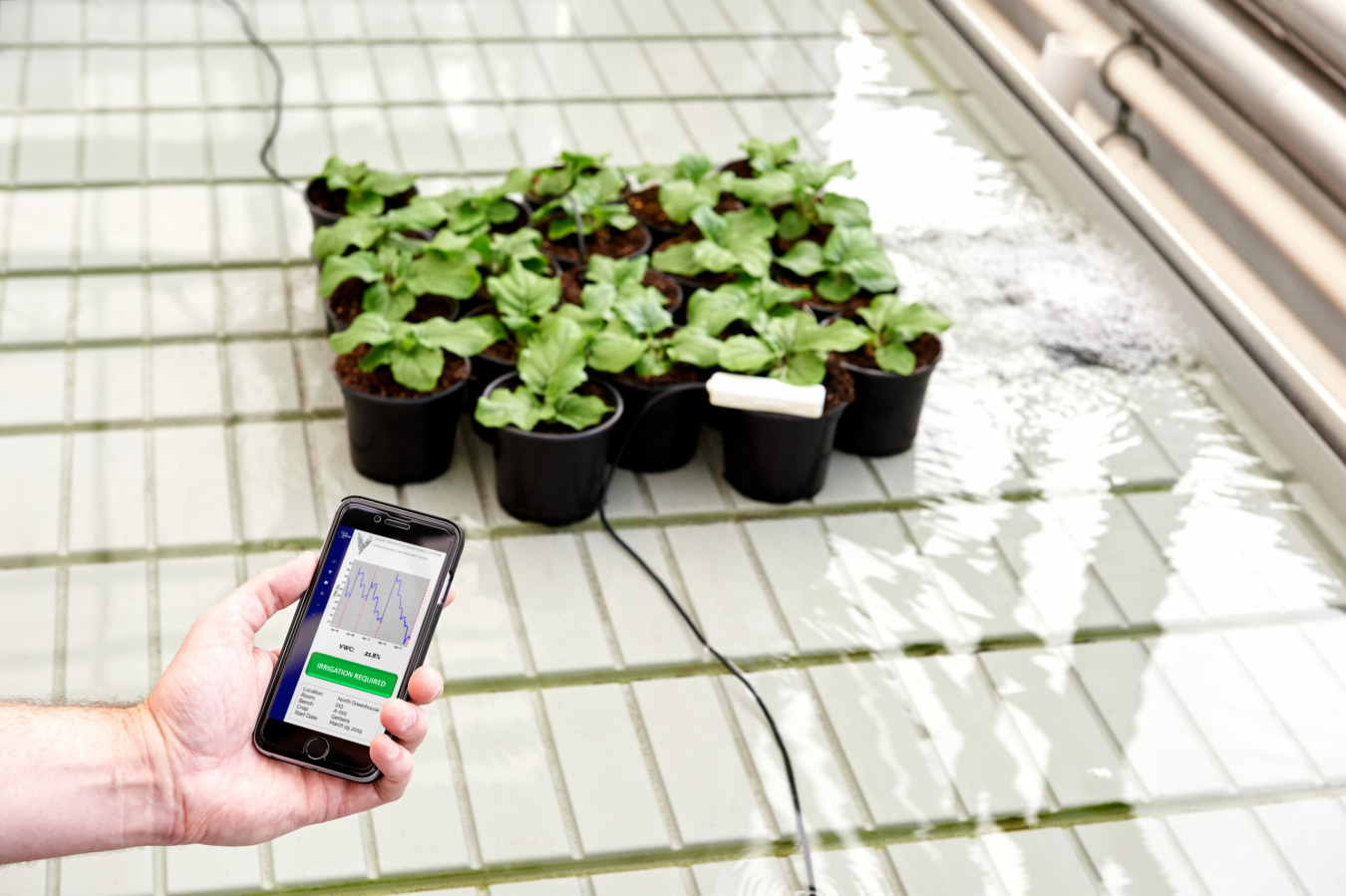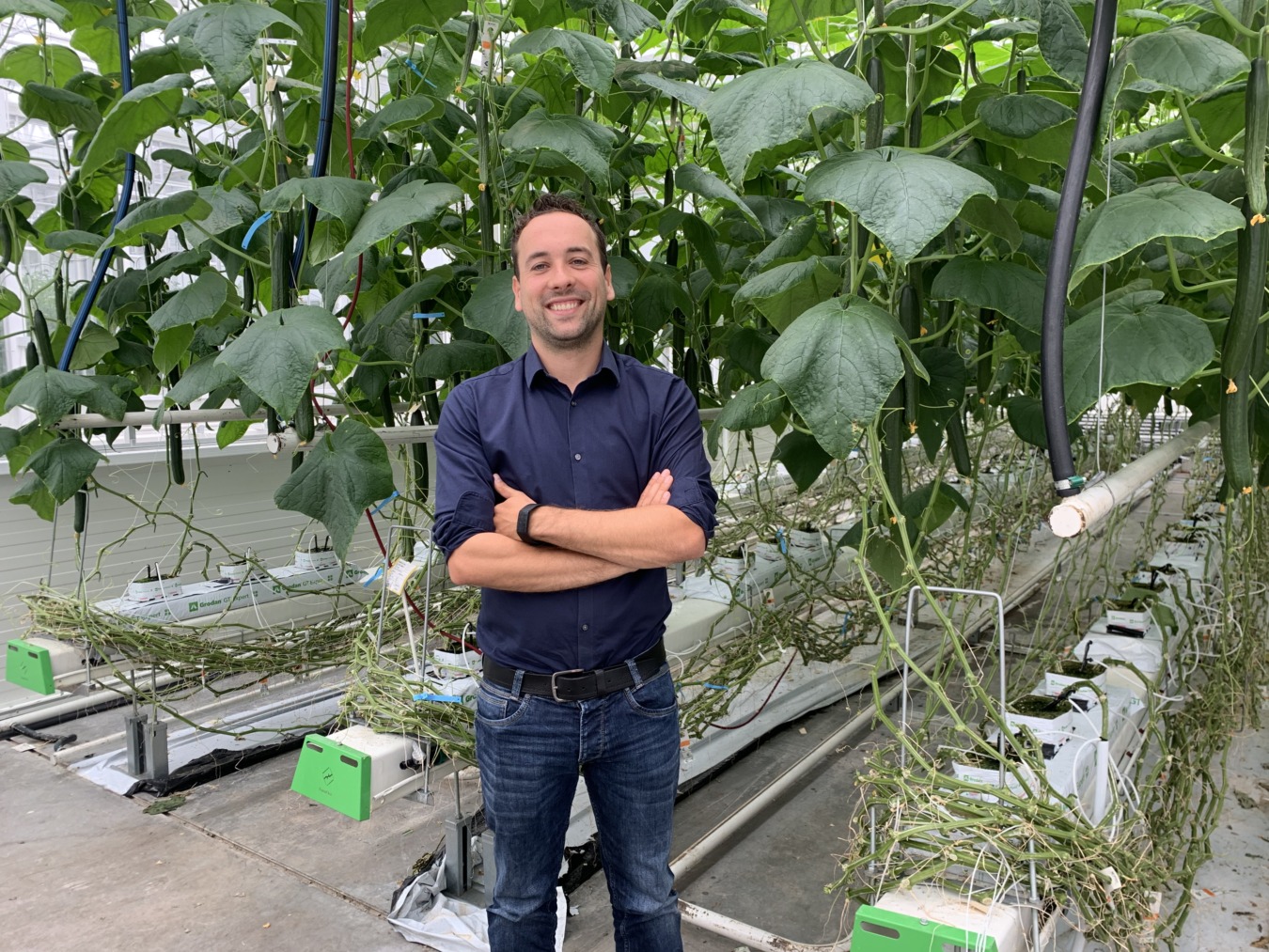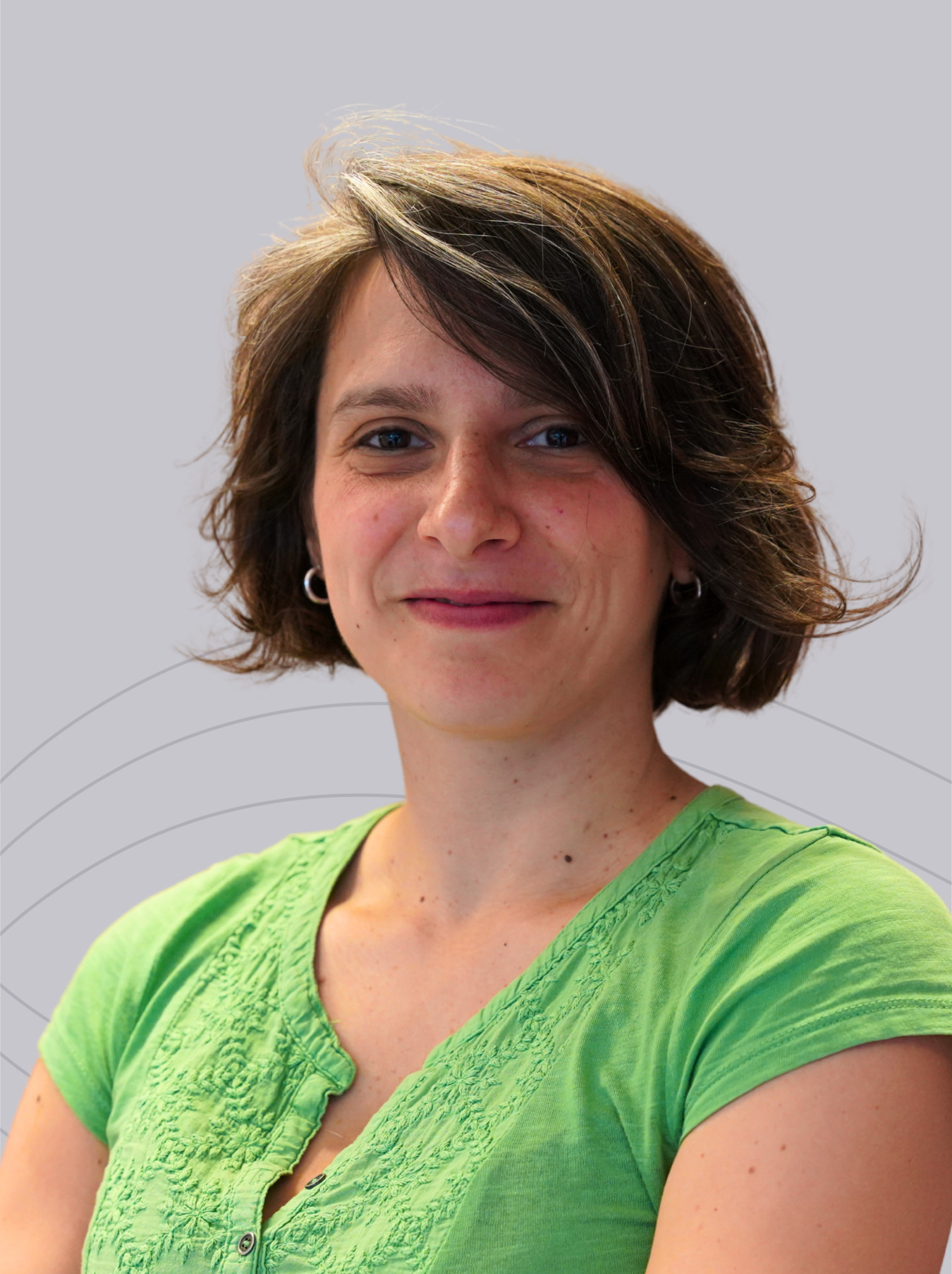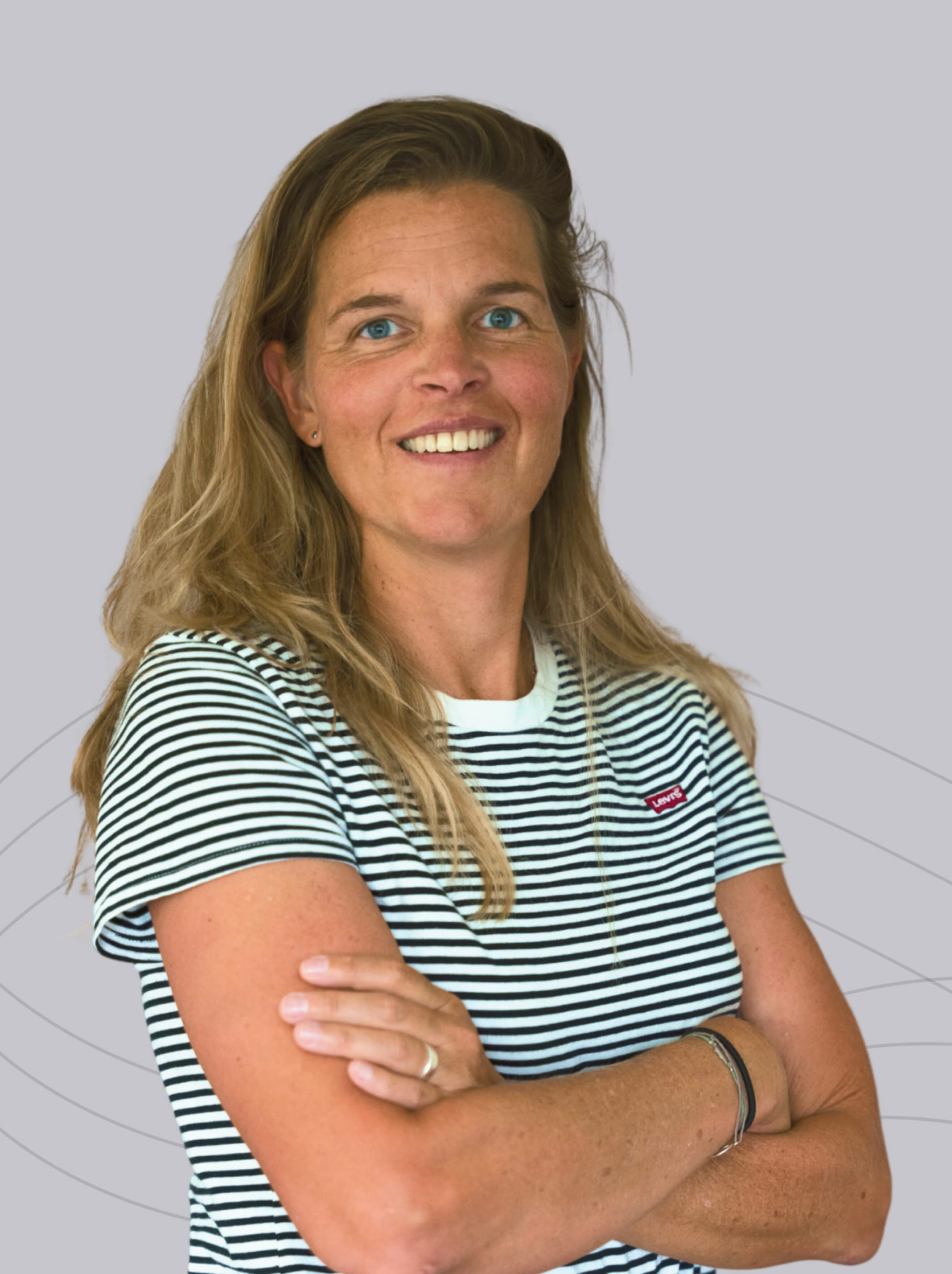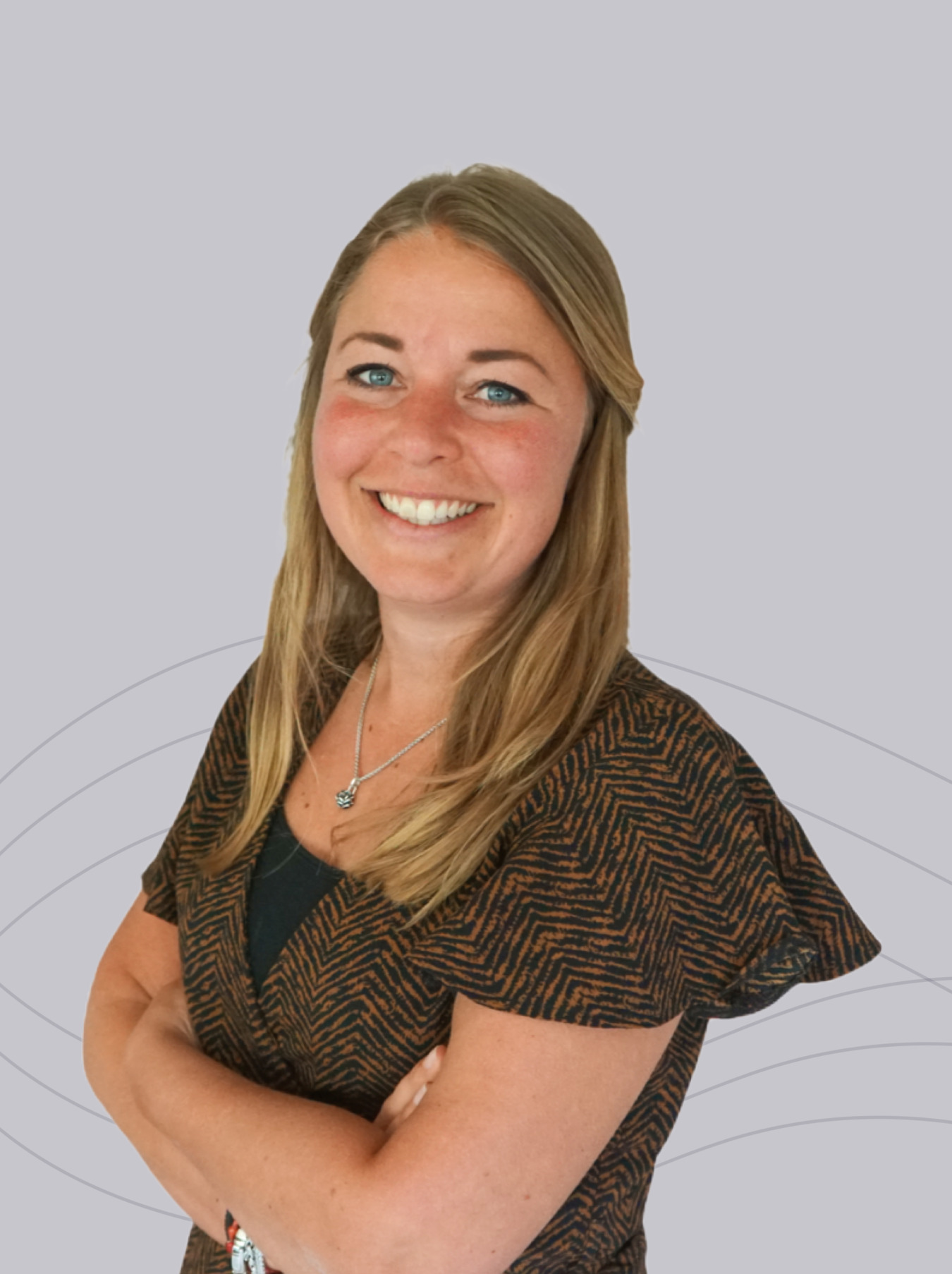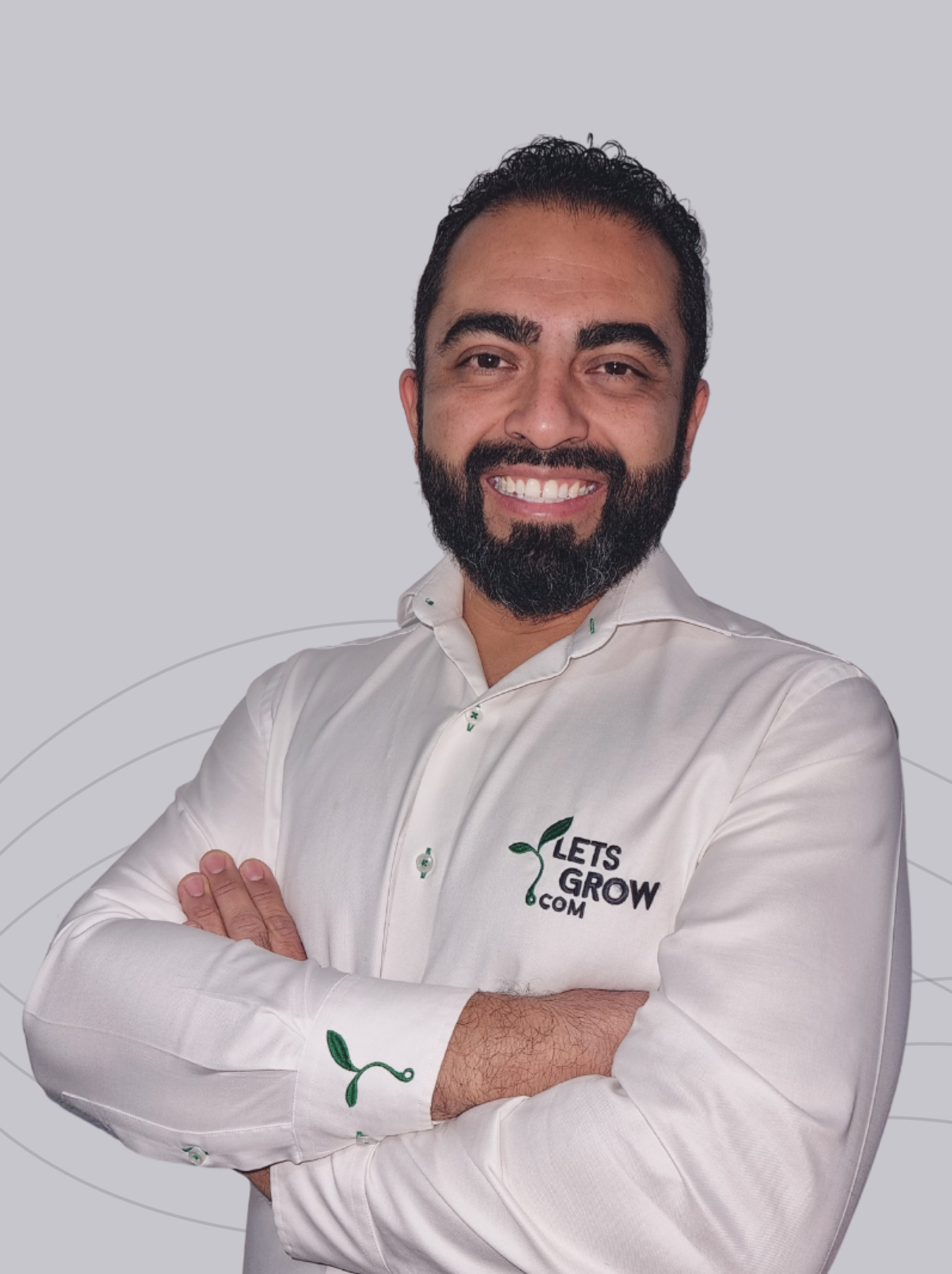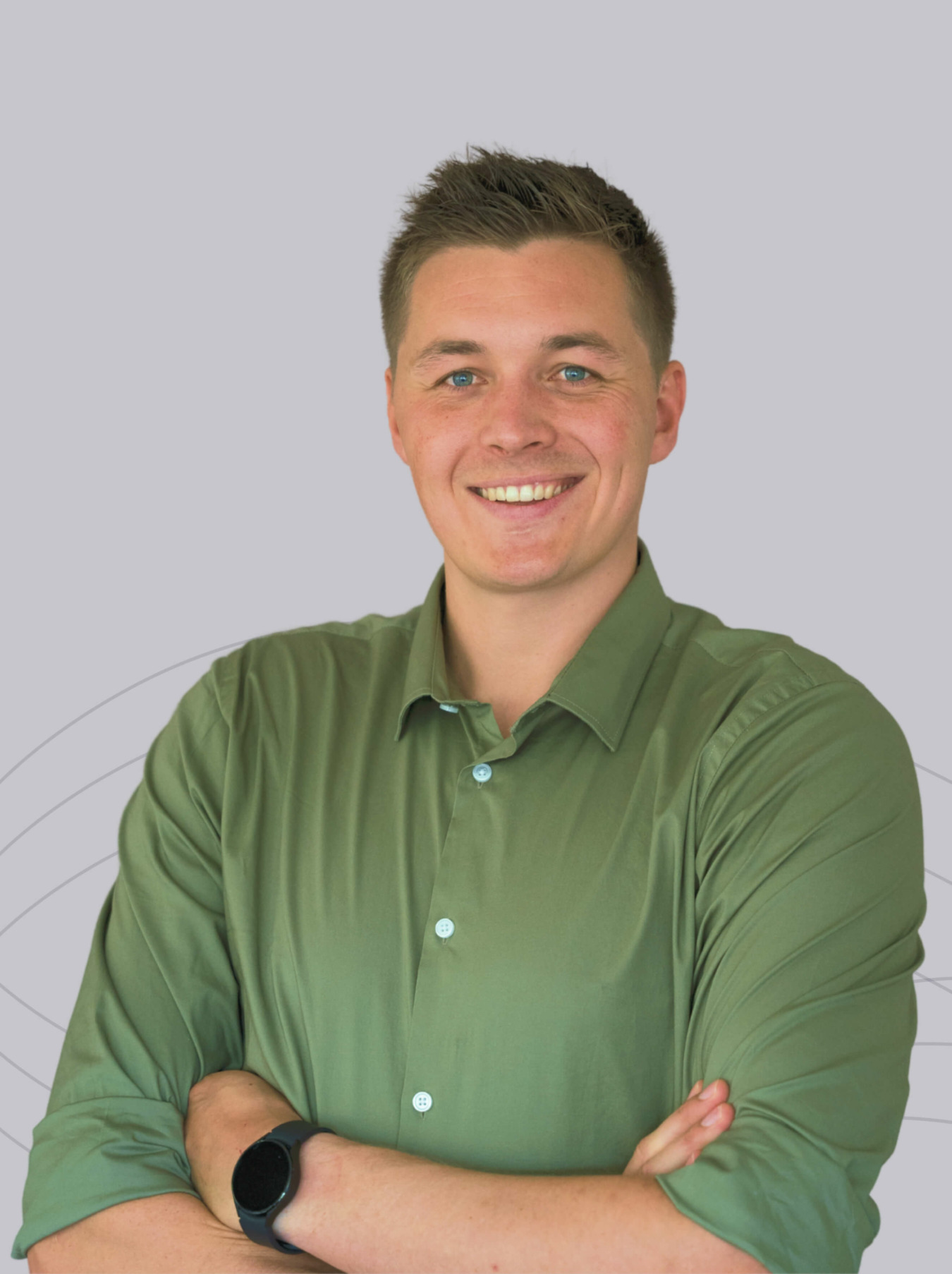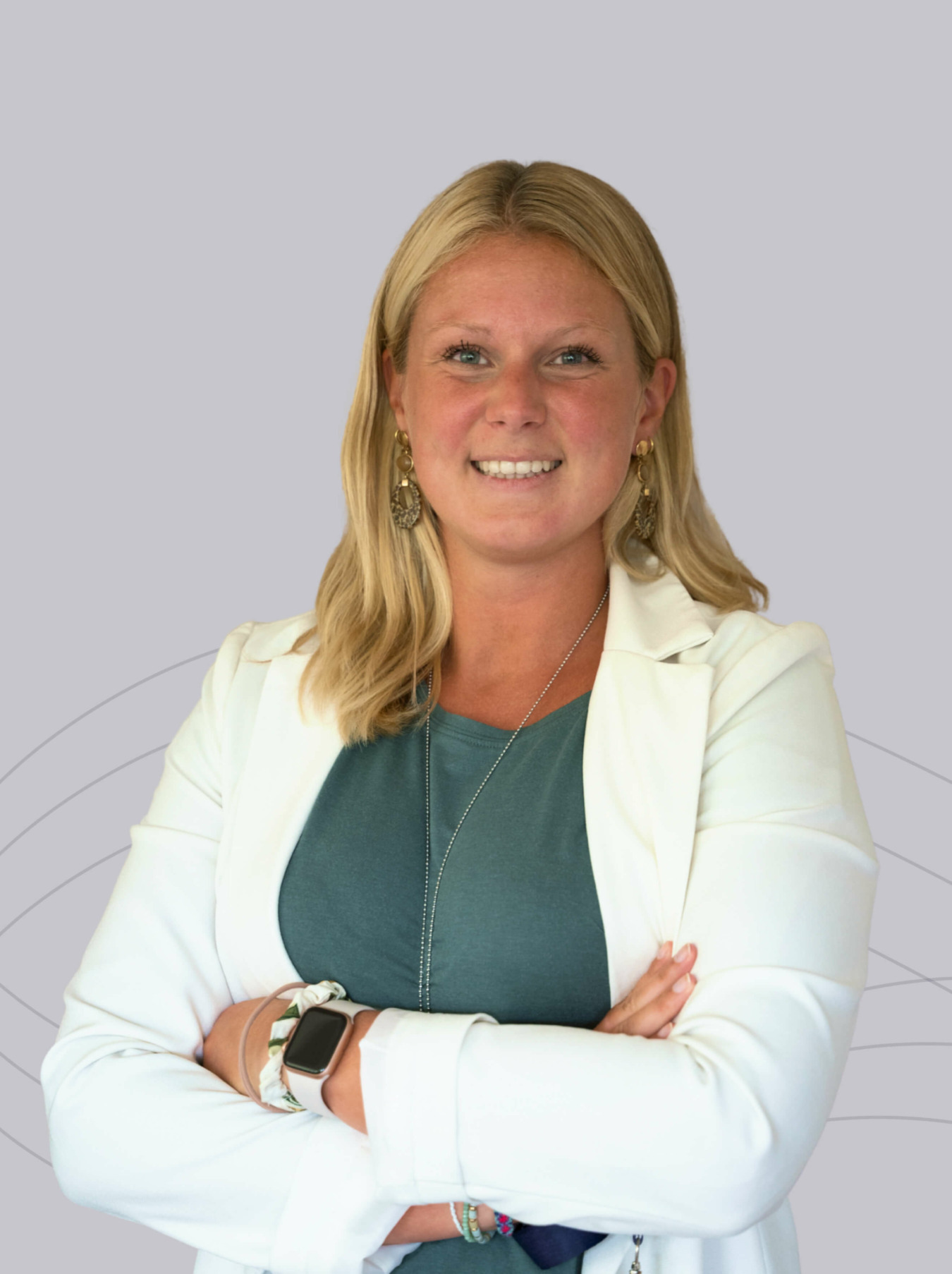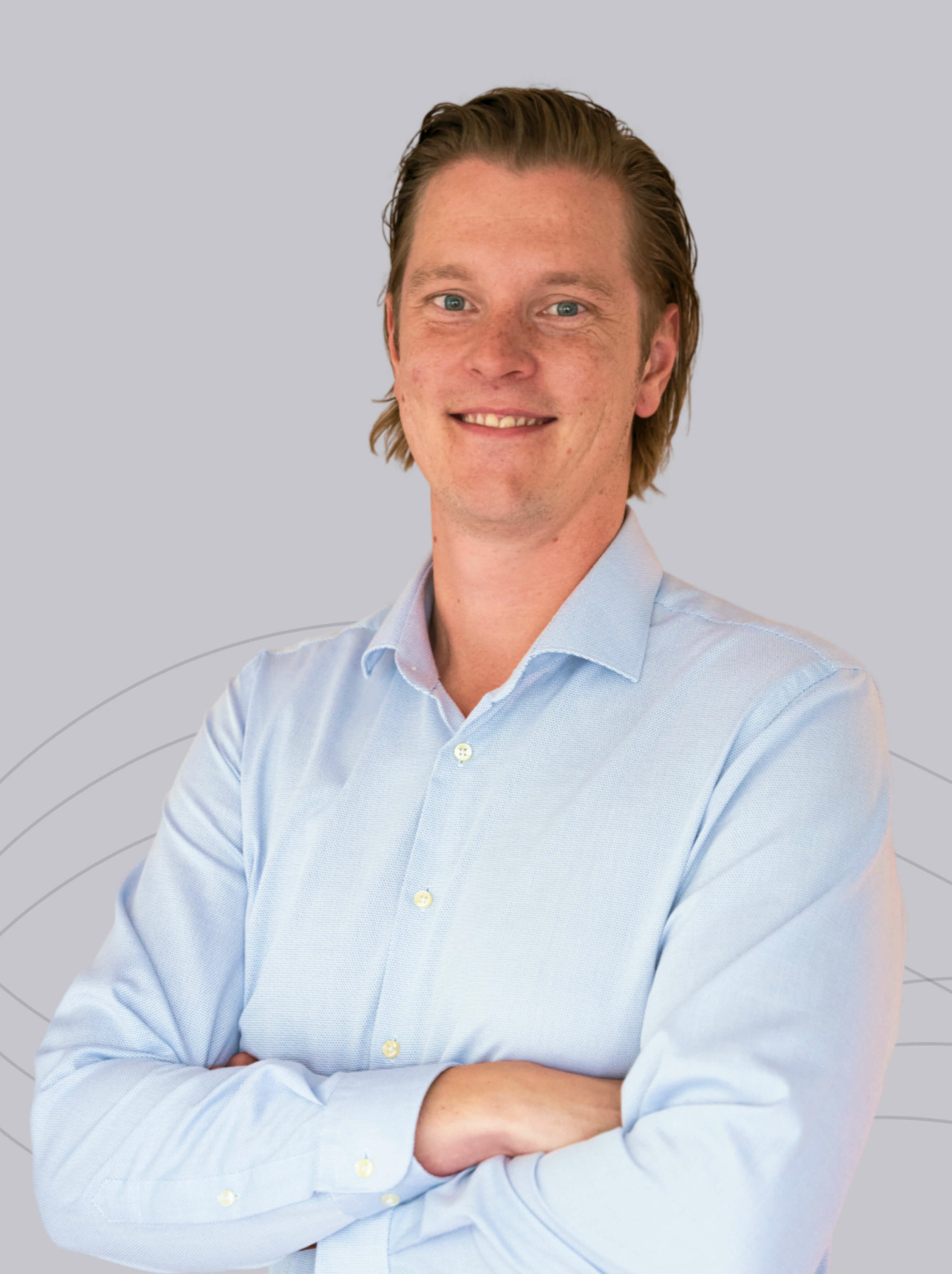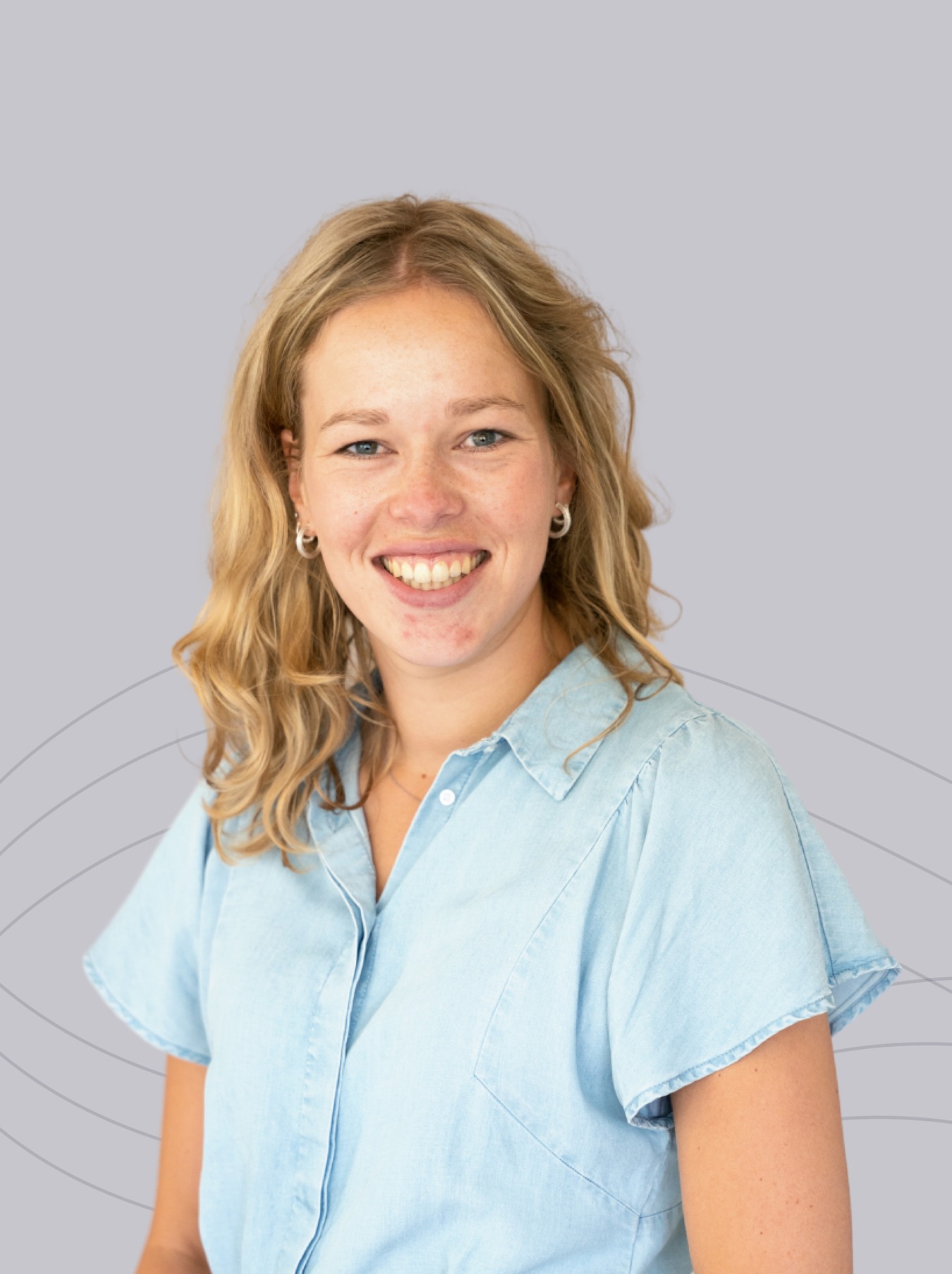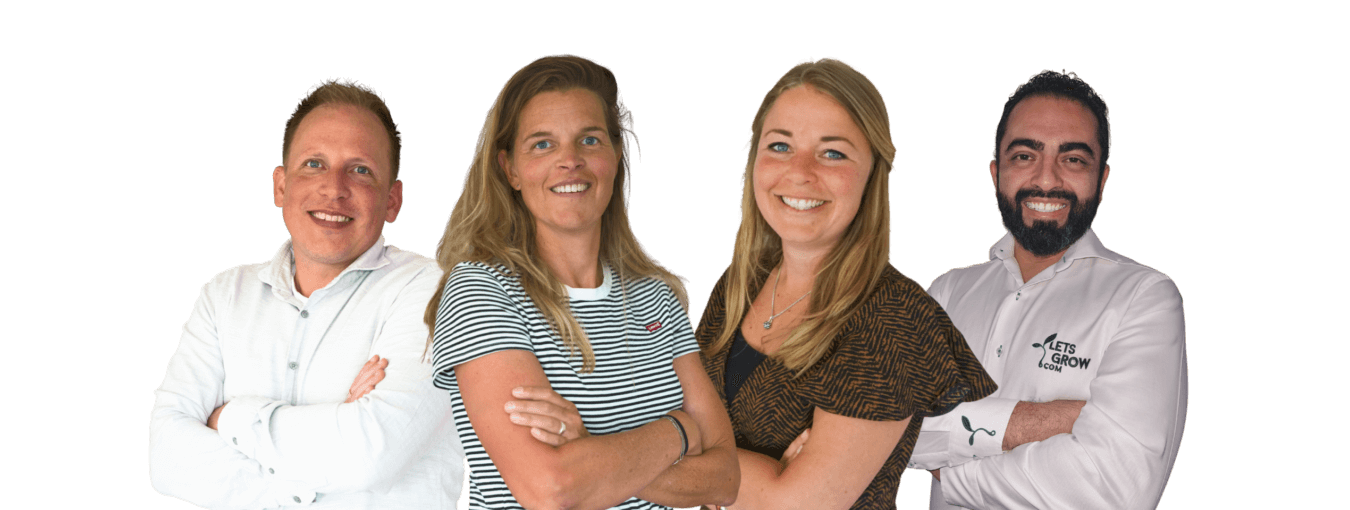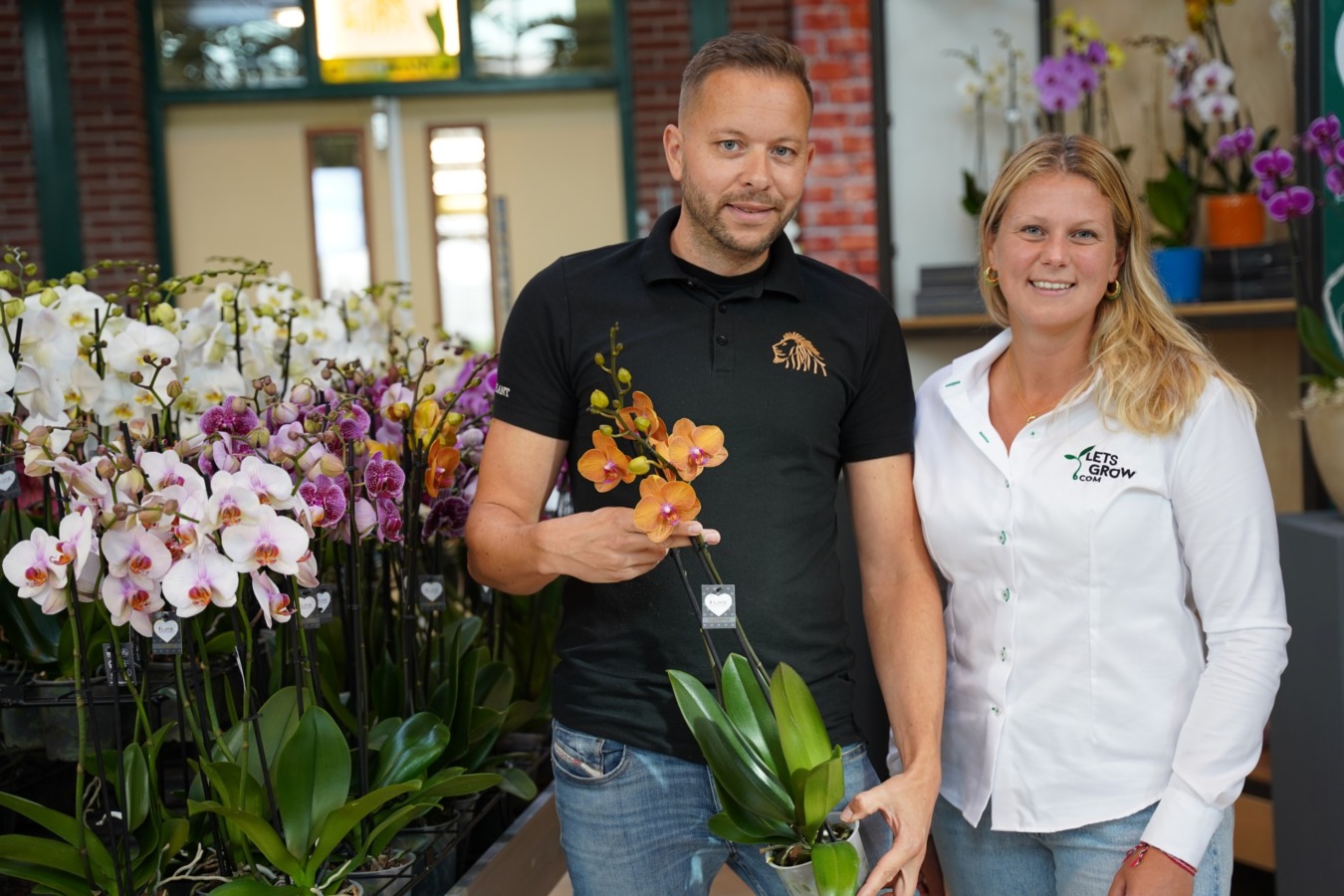
With MyLetsGrow it is possible to determine in real-time to what extent the plant uses the collected light for photosynthesis and to adjust the screen control automatically. This innovation yields a production increase of at least five percent at a pot plant nursery in the Netherlands. This is possible thanks to a unique collaboration between LetsGrow.com, PhenoVation, B-Mex, and Hoogendoorn Growth Management.
How does it work?
PhenoVation’s CropOberserver system measures photosynthesis efficiency over a cultivation area of approximately nine square meters. This makes it possible to reliably determine to what extent the crop uses the collected light for photosynthesis. At the same time, the crop evaporation and stomata sensor from LetsGrow.com monitors the position of the stomata and shows the status of the energy and the water balance. In other words, whether the plant is “in balance” or “stressed”.
Using a model, developed in collaboration with B-Mex, PhenoVation, and LetsGrow.com, this combined sensor data is used to calculate what, under the current circumstances, is the correct light intensity for optimal growth. This information is then sent to the Hoogendoorn Growth Management climate computer to further open or close the screen. All data is visible on the MyLetsGrow so that the grower has an overview of what happens and why.
For the first time, I have insight into how my plants really feel.
teler
Result
The pot plant grower sees a significant increase in production without having to do or monitor anything. It has been shown that at least five percent extra production can be achieved, by allowing more light or screening more at the right time.
“A good practical example of Data Driven Growing. This also illustrates the partners’ vision on innovation: when several innovative parties work together effectively, we can quickly realize added value for cultivation companies. This is the direction we are heading as a horticultural sector.”
Peter Hendriks - LetsGrow.com
Stay informed
"*" indicates required fields
